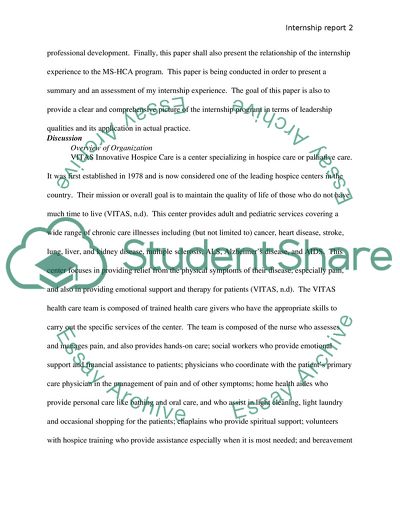Cite this document
(A Perilous Journey Through the Health Care System Personal Statement - 1, n.d.)
A Perilous Journey Through the Health Care System Personal Statement - 1. Retrieved from https://studentshare.org/health-sciences-medicine/1573023-internship-report
A Perilous Journey Through the Health Care System Personal Statement - 1. Retrieved from https://studentshare.org/health-sciences-medicine/1573023-internship-report
(A Perilous Journey Through the Health Care System Personal Statement - 1)
A Perilous Journey Through the Health Care System Personal Statement - 1. https://studentshare.org/health-sciences-medicine/1573023-internship-report.
A Perilous Journey Through the Health Care System Personal Statement - 1. https://studentshare.org/health-sciences-medicine/1573023-internship-report.
“A Perilous Journey Through the Health Care System Personal Statement - 1”, n.d. https://studentshare.org/health-sciences-medicine/1573023-internship-report.


